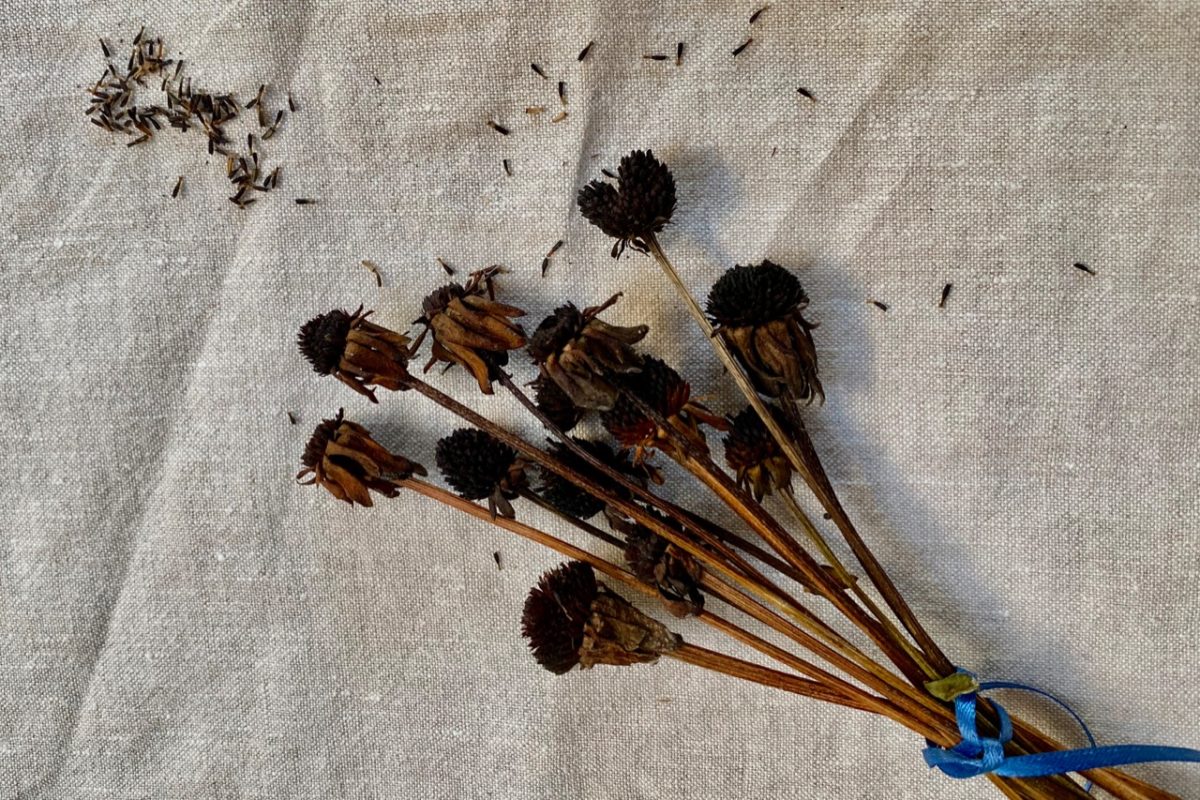As a popular perennial, Black Eyed Susans often need dividing every few years to maintain their health and promote new growth The ideal time for transplanting them is typically in early spring or fall But what if you want to transplant them at another time of year?
I’m often asked by gardening friends, “Can I transplant black eyed Susans now?” While not always ideal, transplanting Black Eyed Susans in summer is possible with proper care. In this guide, I’ll share tips to successfully transplant Black Eyed Susans now and help them thrive in their new location.
When is the Best Time to Transplant Black Eyed Susans?
Before diving into summer transplanting, let’s review when it’s generally best to transplant Black Eyed Susans:
- Spring (March – May) – The period right before active growth is ideal. The roots have time to establish before summer heat arrives.
- Fall (September – November) – Transplanting in early fall allows plants to settle in before going dormant for winter.
Transplanting during the active growing season of summer is more stressful for the plants. Their roots are actively taking up water and nutrients. Disturbing them at this time risks shocking them.
However, with proper aftercare you can still successfully transplant Black Eyed Susans in summer. The key is avoiding the peak heat of mid-summer. Early or late summer works best.
How to Care for Transplants in Summer: 7 Key Tips
If you want to transplant Black Eyed Susans now, here are some best practices to follow:
1. Water Plants Thoroughly Before Digging
Watering deeply 1-2 days before digging will hydrate the plants. This makes it easier to remove them from the ground without damaging roots. Well-watered soil also adheres less to the roots during digging.
2. Dig and Transplant in the Early Morning
Aim to transplant Black Eyed Susans in the cool morning hours before the day heats up. This reduces stress on the plants. Morning dew can also help adhere soil to roots after replanting.
3. Handle Root Balls With Care
When digging up plants, gently loosen the soil around roots before lifting. Use a fork to pry under root balls, keeping them intact. Handle root balls carefully when moving plants to avoid breaking roots.
4. Plant at Same Depth As Before
Ensure plants are replanted at the same soil depth as their original location. Planting too deeply risks crown rot while too shallow stresses roots.
5. Water Thoroughly After Planting
Water transplants thoroughly after replanting them. This eliminates air pockets around roots and provides moisture. Aim for 1-2 inches of water per week after transplanting.
6. Apply Organic Mulch
Spread 2-3 inches of organic mulch like wood chips or leaf litter around transplants. This insulates roots, retains moisture, and prevents weeds.
7. Provide Afternoon Shade if Possible
Add temporary shade structures to give transplants relief during peak heat. Old sheets or shade cloth propped up with sticks work well. Remove once plants recover, as Black Eyed Susans need full sun.
How to Tell if Transplants Are Stressed
Despite best efforts, transplants may still show some signs of stress after replanting in summer:
- Wilting or drooping leaves
- Leaf scorch (brown, crispy edges)
- Fewer blooms
- Overall lackluster appearance
This is normal as the plants expend energy on root recovery and adjusting to their new environment. Make sure transplants receive ample water and monitor them daily. Remove any dead leaves or flowers. Most plants will bounce back within 2-3 weeks.
Dividing Black Eyed Susans Without Digging Up Entire Plant
Here’s a great tip to divide Black Eyed Susans without excavating the entire root system:
Using a shovel, dig a trench around the outer 12 inches of the plant. Then slice straight down to sever a portion of roots and rhizomes. Carefully lift out this 12 inch section, retaining as many roots as possible. Replant the new division elsewhere, following summer transplant tips above.
The main plant can remain in place. Both sections will regrow new shoots and roots, provided they receive proper aftercare. This allows propagating Black Eyed Susans now without fully disturbing the established plant.
Ideal Growing Conditions for Black Eyed Susans
To ensure success when transplanting Black Eyed Susans now, choose a site with these ideal growing conditions:
- Full Sun: Minimum 6 hours direct sun per day
- Well-draining soil: Avoid soggy, compacted soil
- Moderate fertility: Low to medium amounts of compost incorporated
- Good air circulation: Open area, avoid enclosing plants
Ensuring the new location meets the needs of Black Eyed Susans is key. This gives transplants the best chance to thrive.
FAQs About Transplanting Black Eyed Susans in Summer
Here are answers to some frequently asked questions about replanting Black Eyed Susans now:
Can you transplant Black Eyed Susans in July?
July is usually quite hot, making it a risky month for transplanting. However, if you can time it for an cooler spell, transplant in early morning, provide shade, and water diligently it is possible.
Should I cut back Black Eyed Susans before transplanting?
Pruning stalks and leaves by 1/3 to 1/2 prior to digging up plants makes them lighter and easier to handle. Just be sure some foliage remains to allow photosynthesis after replanting.
How long does it take Black Eyed Susans to recover from transplanting?
Give transplants 2-4 weeks minimum to adjust to their new environment before expecting them to show normal growth. Monitor soil moisture andremove dead leaves/flowers during recovery.
Do Black Eyed Susans like wet or dry soil?
Black Eyed Susans prefer evenly moist but well-draining soil. Allow the top few inches to dry between waterings but avoid prolonged drought. Adding compost improves drainage.
Should I fertilize Black Eyed Susans after transplanting?
Avoid fertilizer at time of transplant as it can burn roots. Wait 2-3 weeks until plants show new growth, then you can apply a balanced organic fertilizer if soil seems nutrient deficient.
Enjoy the Benefits of Transplanting Black Eyed Susans
With their bright golden petals and resilient nature, Black Eyed Susans are a wonderful addition to gardens. Follow these tips if deciding to transplant them during the warmer months. A little extra care goes a long way in ensuring they successfully take root in their new location.
While spring and fall are ideal, transplanting Black Eyed Susans in summer is feasible. Just be sure to water thoroughly, handle roots with care, provide shade, and monitor plants after replanting. In time, you’ll reap the rewards of these cheery flowers as they thrive and spread their joy.
Should I prune black-eyed Susan before dividing it?
When you divide perennials, it’s easier to move them around if you prune them first. This is especially true for tall, bushy plants. If you don’t prune a plant before planting it in a new spot, the leaves will look floppy, so that’s another reason to decide if you should prune or not.

The pruned parts don’t go to waste. I dry them and harvest the seeds for spring.
I chose to experiment with both pruning and not pruning my rudbeckia. So I didn’t cut off one of the sections because the seed heads give the garden texture and height in the winter and birds like to eat the seeds. I pruned the other plant because I wanted to harvest the seeds. I’m planning on trying to grow rudbeckia from seeds next spring.
There weren’t that many seedheads left because I had been cutting rudbeckia blooms all summer to make posies for indoor arrangements. This slow and steady deadheading encouraged the plant to stay in full bloom for more than two months.

Deadheading rudbeckia for summer arrangements kept it blooming for months.
How do I divide black-eyed Susan?
I like to think of dividing black-eyed Susan (and most other perennial roots) as a four-step process: prepare, lift, divide, and replant.
Transplanting Black Eyed Susans –
- A Complete Guide to Caring for Yuki Cherry Blossom Shrub - January 23, 2025
- Identifying Red Hot Poker Seeds: What to Look For When Harvesting Torch Lily Pods - January 23, 2025
- A Complete Guide to Harvesting Evening Primrose Seeds - January 23, 2025
